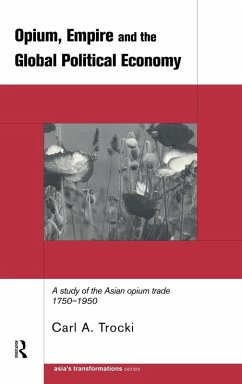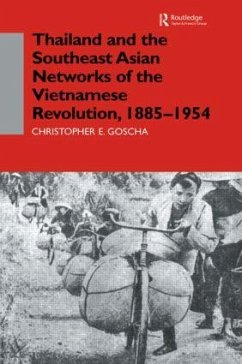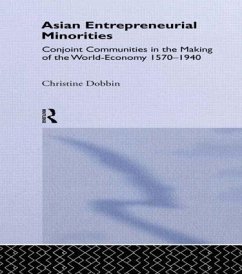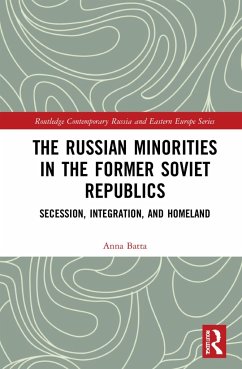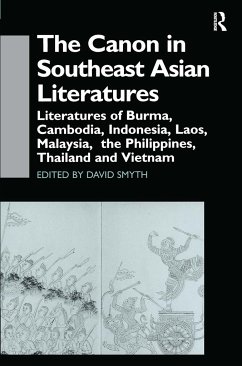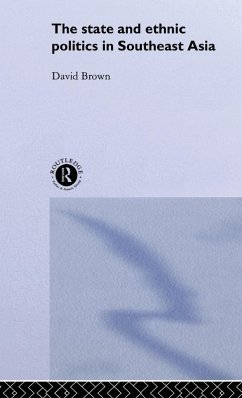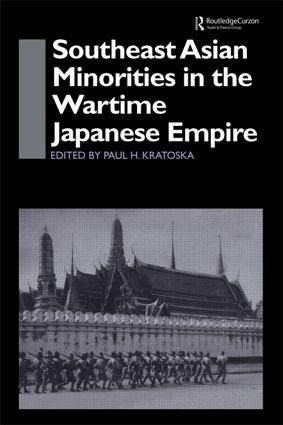
Southeast Asian Minorities in the Wartime Japanese Empire
Versandkostenfrei!
Versandfertig in 1-2 Wochen
168,99 €
inkl. MwSt.

PAYBACK Punkte
84 °P sammeln!
The Japanese invasion and occupation of southeast Asia provided opportunities for the peoples of the region to pursue a wide range of agendas that had little to do with the larger issues which drove the conflict between Japan and the allies. This book explores how the occupation affected various minority groups in the region. It shows, for example, how in some areas of Burma the withdrawal of established authority led to widespread communal violence; how the Indian and Chinese populations of Malaya and Thailand had extensive and often unpleasant interactions with the Japanese; and how in Java the Chinese population fared much better. Overall, the book provides a great deal of interesting new material on this complex subject from a range of Southeast Asian countries. The essays are grouped together by country: Japan and Southeast Asia, Burma/Myanmar, Indonesia, Malaya, Borneo, Thailand and the Philippines. The contributors include Lorraine V. Aragon, Cheah Boon Kheng, Gregory Clancy, Hara Fujio, Kawashima Midori, Paul H. Kratoska, Didi Kwartanada, Kaori Maekawa, Eiji Murashima, Ooi Keat Gin, E. Bruce Reynolds, and Elly Touwen-Bouwsma.





